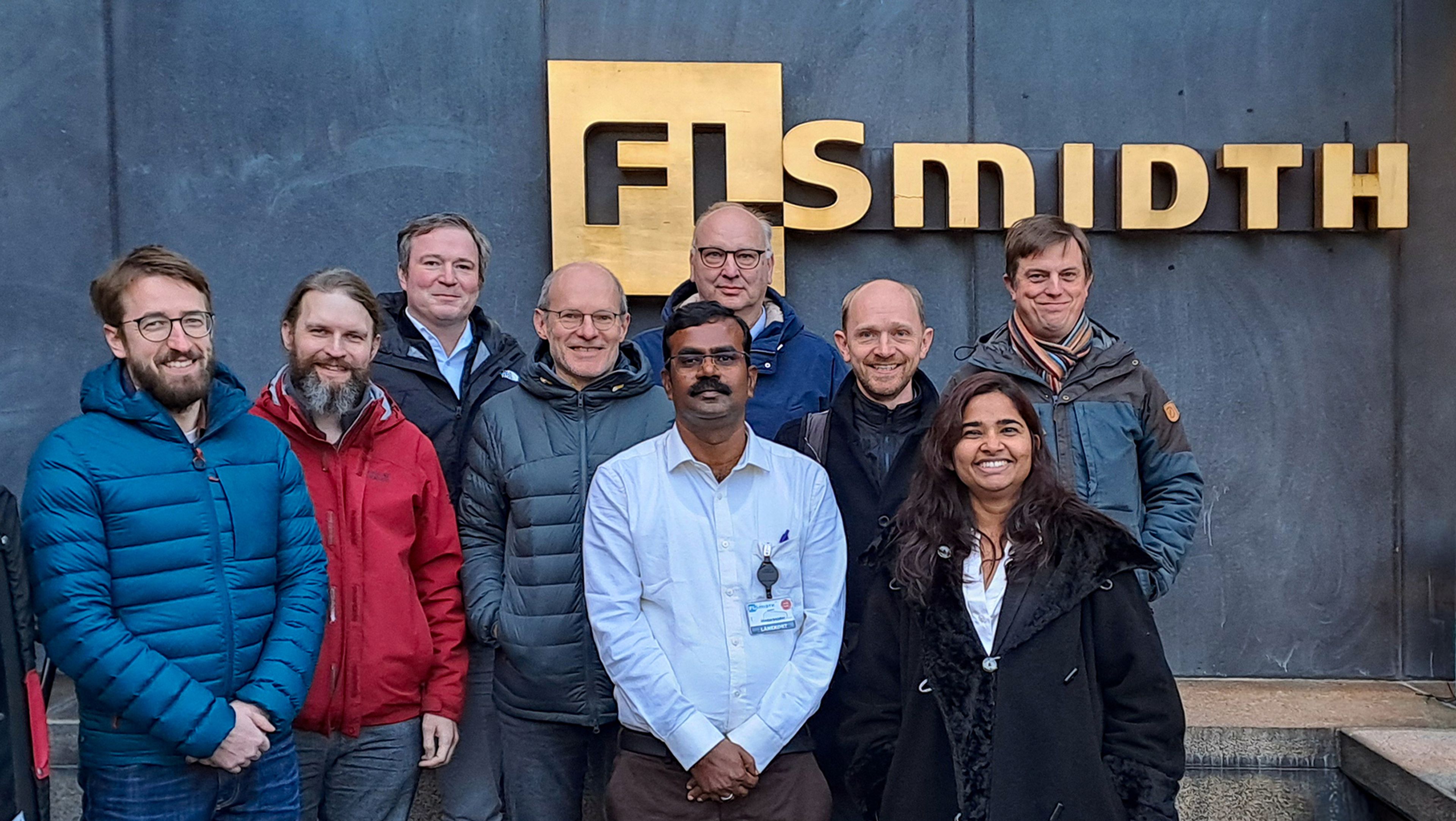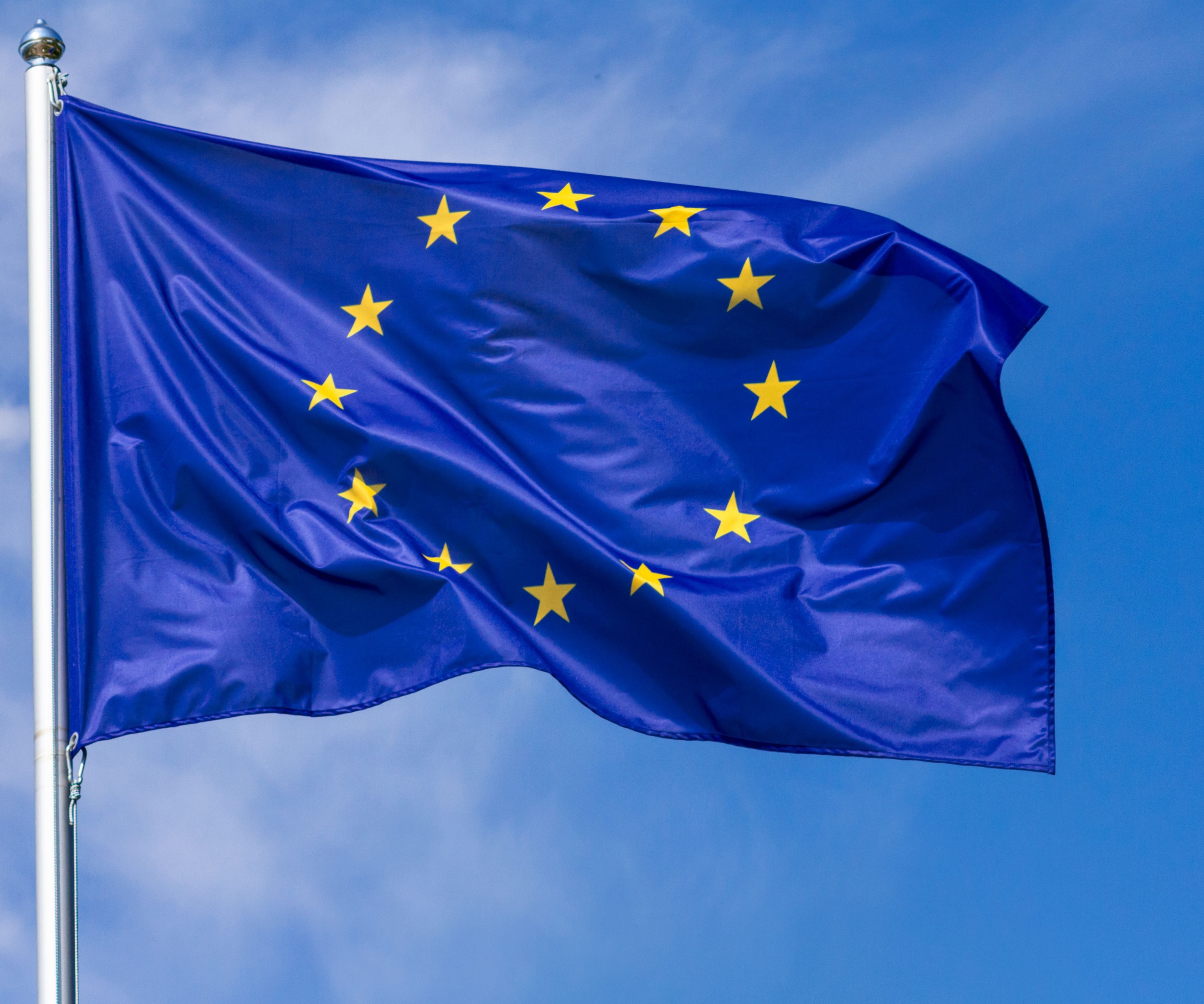
The ECem project has been established with Innovation Fund Denmark (IFD) funding to research new limestone calciner technology that uses renewable electric heating to produce a CO2-rich gas stream suitable for carbon capture. FLSmidth Cement is the project manager and commercialisation partner, working with the Danish Technological Institute, Helmholtz-Zentrum Dresden-Rossendorf (HZDR), Aalborg University, Cementos Argos, and European Energy.
Tackling the process emission challenge
Cement production is one of the largest industrial emitters of CO2, accounting for about 7% to 8% of global emissions. More than half of this CO2 stems from the decomposition of limestone (CaCO3) into calcium oxide (or quicklime, CaO) and CO2 during the initial stage of cement production (calcination). These process emissions are challenging to abate and will likely require carbon capture to reach net zero.
The ECem project aims to tackle these process emissions by developing two price-competitive electric calciner technologies, an infrared flash calciner and an induction-heated calciner, which cement producers can apply to their process, either with a value stream from CO2 storage or utilisation. The consortium envisages these new calcination technologies will become cornerstones of cement plants of the future, allowing large-scale mitigation of process CO2 emissions and supporting net-zero cement delivery.
The project will also investigate the potential to make syngas (methanol) in the calciner by introducing a reducing atmosphere using either pure hydrogen or a mixture of hydrogen and carbon monoxide (CO). Syngas production offers a further potential revenue stream for cement plants and would provide additional commercial support for implementing electric calcination technologies.
The precise process control electric heating offers delivers highly consistent clinker quality and superior cement properties, satisfying the stringent quality demands of global construction standards and customer expectations, essential requirements for any new cement production process. The studied technologies will also benefit cement plants through reduced fuel costs and lower maintenance needs.
Project schedule
START
01.Sep.2024
END
31.Aug.2027
Innovation Fund Denmark
This project has received DKK 20.9 million in funding from Innovation Fund Denmark under its Grand Solutions programme. This programme invests in ambitious, cross-cutting research and innovation projects that can create new solutions to societal challenges and generate value for Denmark.

Specific objectives
Objective 1
Develop two new approaches
Develop two new approaches for direct, electrically powered thermal decomposition of limestone using renewable electricity and to produce a CO2-rich gas stream compatible with carbon capture technologies. Key results comprise a) an electric prototype calciner system that delivers heat through infrared heating and b) an electric prototype calciner that delivers process heat through inductive heating. Both systems produce intermediate products (clinker) according to industry quality standards.
Objective 2
Study the impact of gas flexibility
Study the impact of gas flexibility on limestone calcination and the possible direct production of syngas. Key results comprise a kinetic model, including syngas composition reaction terms, fur use in scale-up activities and market exploration.
Objective 3
Establish new characterisation protocols
Establish new characterisation protocols to study the nano- and microstructure of limestone and supplementary cementitious materials (SCMs) to improve control of the electric calcination process. Key results comprise identifying and applying appropriate technologies at RIs, measurements, and data analysis/interpretation to streamline, for the first time, the characterisation of cementitious materials at EU Large-Scale Research Infrastructures.
Objective 4
Model integrating renewable energy and syngas production
Model integrating renewable energy and syngas production with green hydrogen to demonstrate technical and economic viability. The key results are documented process and network models, including infrared and inductively heated calciner sub-models.
Objective 5
Investigate using a digital twin approach
Investigate using a digital twin approach and electrical grid integration when supplied with renewable energy production and storage. Key results comprise novel models to simulate grid integration and operation of the novel concept.
Objective 6
Establish a scale-up strategy
Establish a scale-up strategy for the calciner and the new cement plant ecosystem to pave the way for a pilot plant demonstration after the project's completion. Key results are a feasibility study and a techno-economic analysis (TEA) that demonstrate technical and economic maturity for the next scale-up step and further investment in the technology.
FLSmidth Cement, Denmark
FLSmidth Cement contributes its engineering expertise in calciner design, operation, and integration, alongside insights into material properties, mass flow requirements, and product quality standards. Its project and risk management skills will also be vital to the project's success.
Danish Technological Institute (DTI), Denmark
DTI offers specialised knowledge in technology development, particularly in infrared heating technology and product characterisation.
Helmholtz-Zentrum Dresden-Rossendorf (HZDR), Germany
HZDR brings expertise in high-temperature process investigation and electrical system design to the project to support the development of inductive calcination technology.
Aalborg University (AAU), Denmark
AAU contributes its process modelling expertise for integrating electrical calciner solutions into cement plants. This includes exploring new avenues for syngas utilisation, grid integration, and sector coupling.
Cementos Argos, Colombia
Argos supports developing and integrating electrical calciner technologies by providing process insights from existing cement plants, focusing on green energy integration and methanol production and utilisation.
European Energy (EE), Denmark
EE brings specialised knowledge in Power-to-X technologies and methanol synthesis from syngas, which is produced using the new electrical calcination technology.